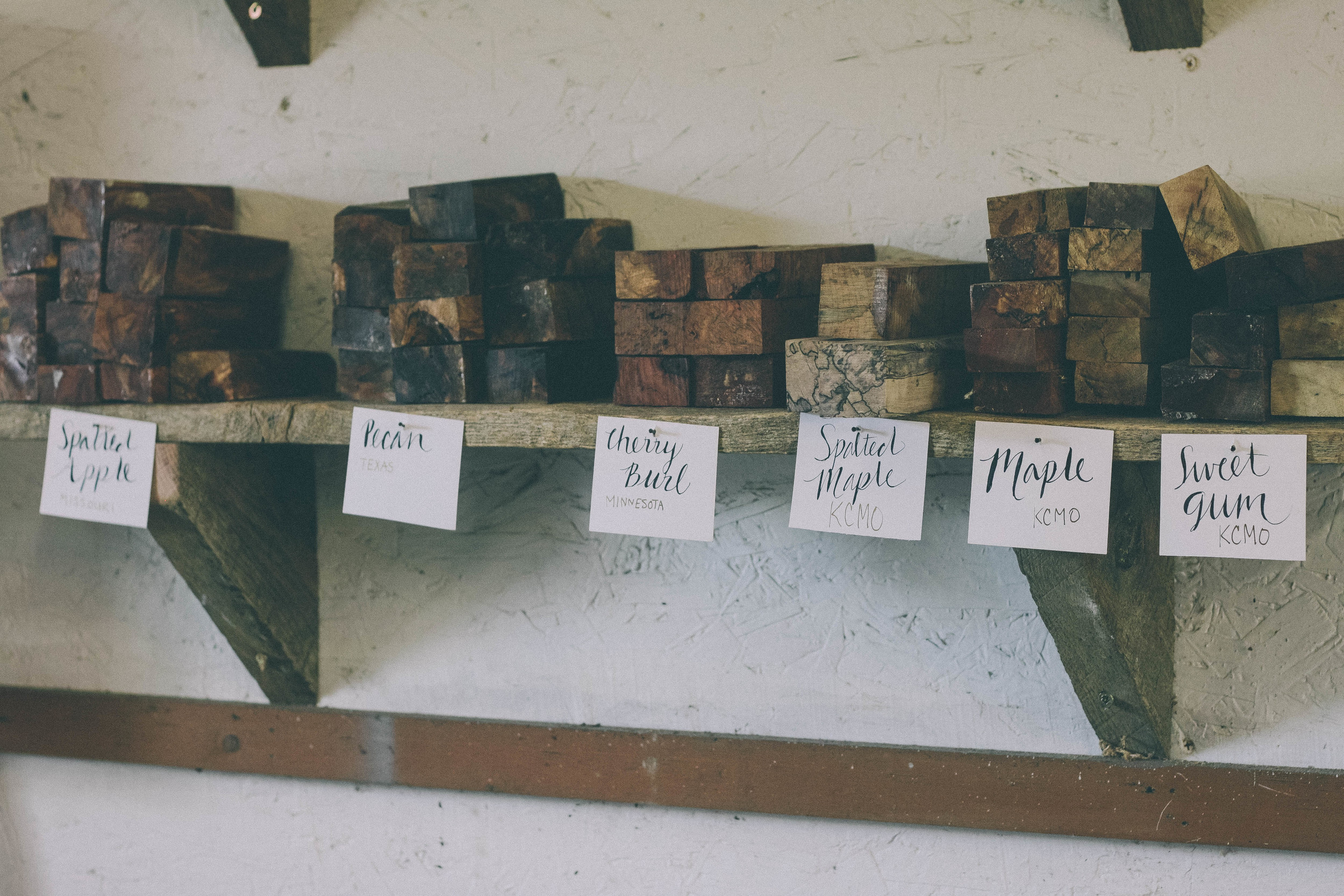Our Process
Each knife is forged from reclaimed high carbon steel that is thoroughly tested before it it becomes a blade. A knife could be from a saw blade, coil spring, old file, or automotive torsion/sway bars. Usually our knives start as just a rusty piece of steel that does not resemble a knife in any possible way. We search meticulously for pieces with a history and create a new story by hand forging the steel into its new life.
Forge on:
After the proper piece of steel is selected, it gets forged to shape. Forging is essentially taking a hot piece of steel and displacing it. Forging moves the steel where you want it rather than grinding the excess away, of course the knife still gets to spend time with the grinder but it doesn’t need as much work. After the steel has been forged to shape, it is placed in a bucket of ashes from my fireplace to allow the steel to cool slowly over the next twelve or so hours. This slow cooling step makes the steel relatively soft in comparison to its hardened state. Once it is soft, we can easily grind it to a final shape and also drill holes for bolsters and handle pins. We will also put a preheat-treatment grind on it while it is annealed or soft.
Make your mark:
After we have finished prepping our blade for heat treat, there is one last thing to do which is to mark the blade with our stamp. Our stamp is a very simple and basic makers’ mark but it is ours. It is done freehand each and every time which is why there is a variation to each of our stamps. At first we did this because it was cheap and easy, but we have come to grow with the stamp as it is. It also goes along with why we use old tools, why fix or replace what isn’t broken?
Heat Treatment:
After it is shaped, stamped, and partially ground, we will proceed and go into the heat treatment stages. Then we will bring the steel up to non-magnetic and hold it there for a few seconds or several minutes(depending on the steel) and quench it in a warm quenchant. This will bring the steel up to its maximum hardness, at this point the steel is very hard and brittle. The next step is to temper the steel which will lower the hardness slightly and in turn remove a lot of the brittleness. Tempering the steel is a time consuming process, with each cycle the steel will stay in the oven for several hours. This ensures the steel is fully tempered and suitable to hold a keen edge yet not so brittle that it cannot stand up to everyday use.
The Grind:
Once the steel has been fully heat treated it is time to grind the bevels and profile them to their final shape. This process can be tedious and relies heavily on a keen eye. When grinding the bevels the knife goes through a series of grits and different kinds of abrasives which give the knife a nice clean finish.
Handle it:
The handle materials are always reclaimed from local sources. When using wood we predominately use wood found locally that would have been mulched or used as firewood. We visit local lumberyards and hand select pieces with character that would show through and match our style of knives. All of our wood handles are stabilized, which means they have been impregnated with an acrylic like resin.
We also make a fabric laminate for some of our knife handles. When we make the laminate we layer the cloth with a resin and press it in a press we have made. Once this dries we can treat it as any other handle material and cut/grind to shape.
Finishing handles is another tedious part of the process, we must carefully shape and create symmetry while going through a series of grits. Although this part can be nerve wracking and repetitive, once we start grinding into the wood we can see what secrets its hiding. Nature hides its beauty in the strangest of places, most of the time its buried deep in a piece of lumber.
Lookin' sharp:
The final step in the process other than packing and shipping is sharpening the knife. We sharpen our knives beyond what sharp is usually defined as. This is our warning to you, they will cut you if you are not careful. As the saying goes, a sharp knife is indeed a safe knife.





